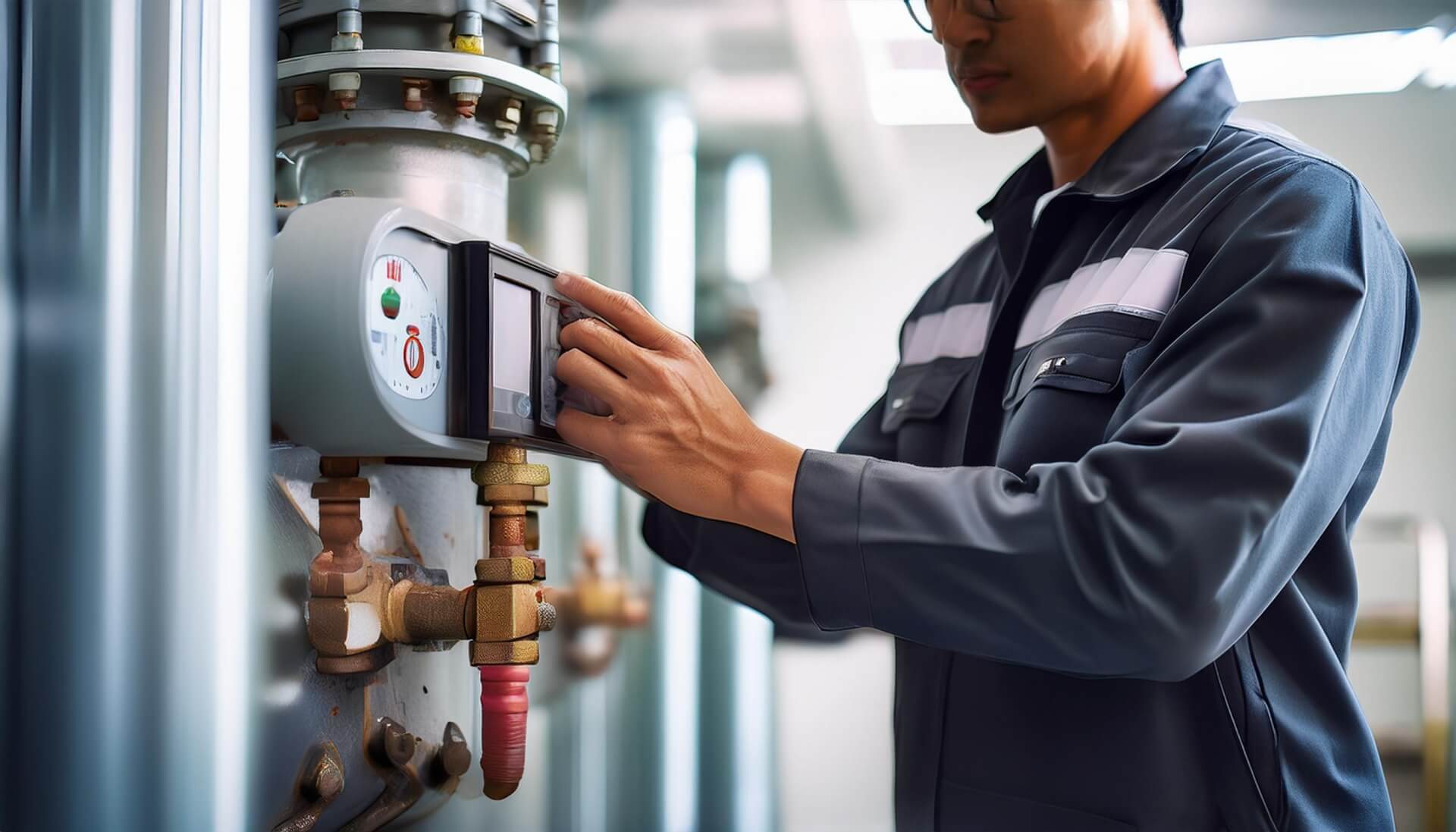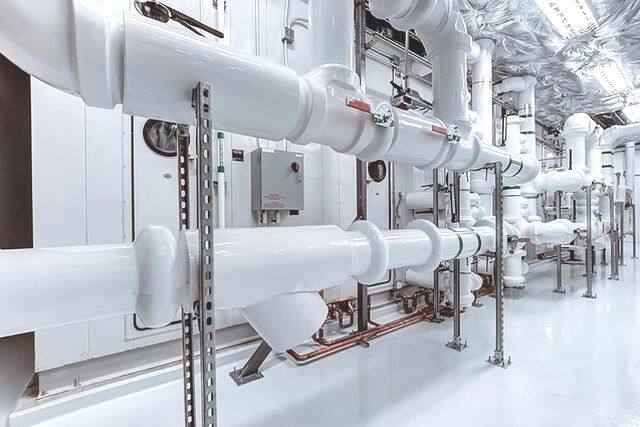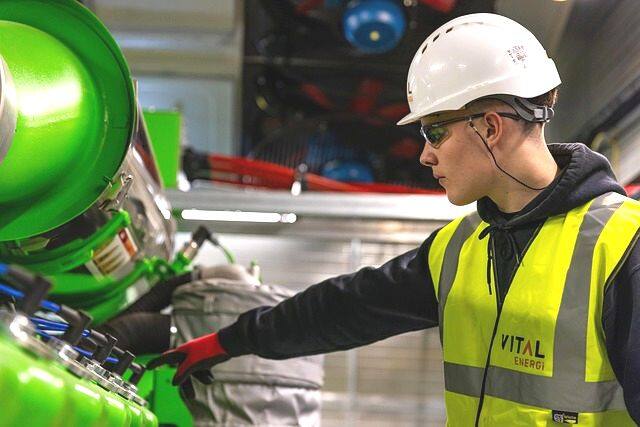Explaining what equipment maintenance entails and its various types! Contributing to maximizing equipment lifespan and productivity
This section explains what equipment maintenance is, its diverse types and benefits, and how automated monitoring via sensors contributes. The Wi-Fi vibration sensor “conanair” provides powerful support for stable factory operation through automated monitoring via its companion app.
- Achieving Stable Factory Operations and Enhanced Reliability Through Equipment Maintenance
- Various Types of Equipment Maintenance and Their Benefits
- Maximizing Equipment Lifespan and Productivity Through Advantageous Maintenance
- Providing practical, highly effective solutions that directly address industry challenges!
Equipment forms the foundation of business operations, enabling continuous factory operation. “Equipment maintenance,” which preserves its integrity, goes beyond mere repair work and has become an indispensable element for sustaining modern productivity and strengthening corporate competitiveness.
Traditionally, monitoring high-value equipment has relied heavily on visual inspection and the experience of skilled technicians. This approach faced challenges, including labor shortages, rising labor costs, and inherent limitations in monitoring. Responding to sudden failures also significantly impacted production schedules.
However, the approach to equipment maintenance is now undergoing a significant transformation. Advances in sensor technology, IoT, and AI have made “automated monitoring” and data-driven surveillance a reality, replacing manual oversight.
Here, we introduce how sensor-based automated monitoring contributes to it.
Achieving Stable Factory Operations and Enhanced Reliability Through Equipment Maintenance


Equipment maintenance is a crucial activity for ensuring stable factory operations, maintaining productivity, and enhancing corporate reliability. The evolution towards automated monitoring dramatically increases its effectiveness.
The Fundamental Purpose and Role of Equipment Maintenance
The purpose of equipment maintenance is to optimally maintain the functionality of factory equipment and ensure rapid recovery in the event of failure. This plays a crucial role in providing reliable adherence to production plans and stabilizing product quality. Keeping equipment operating normally prevents opportunity losses due to production line stoppages and enables a stable product supply.
Furthermore, maintaining equipment performance preserves manufacturing process efficiency, directly contributing to improved corporate profitability.
Transforming Equipment Maintenance through Automated Monitoring
While expensive sensors have traditionally been installed on critical equipment, monitoring for most high-value equipment and key production lines has primarily relied on human-dependent methods—such as visual inspections and the expertise of skilled technicians. However, comprehensive and continuous monitoring was challenging, as it carried the risks of oversight and delayed initial response. A shortage of qualified technicians was also a challenge.
Now, monitoring using inexpensive sensors and automated surveillance is revolutionizing equipment maintenance. By installing vibration sensors, temperature sensors, and current sensors tailored to the application, and collecting data in real-time, much of the human monitoring work can be automated. By detecting minute changes 24/7 and issuing automatic alerts, monitoring accuracy and efficiency are dramatically improved.
Enhanced Reliability Based on Real-Time Data
Automated monitoring systems leverage vast amounts of real-time collected data to enhance equipment reliability. Sensor data objectively visualizes the operating status and health of equipment, enabling the early detection of signs of impending abnormalities. For example, it can detect bearing deterioration early by identifying rising vibration levels, allowing for planned maintenance before failures become severe.
This significantly reduces the risk of unexpected sudden failures and ensures stable operation of the production line. By always having the latest equipment status, more precise maintenance plans can be formulated, contributing to improved equipment reliability.
Transparent, data-driven maintenance activities also enhance trust both within and outside the company, contributing to improved customer satisfaction and the creation of new business opportunities.
Various Types of Equipment Maintenance and Their Benefits


Equipment maintenance in factories encompasses a range of approaches tailored to specific objectives. Understanding the unique value each maintenance method offers and utilizing them appropriately contributes to stable factory operation and increased productivity.
“Fix After Failure” Reactive Maintenance
Reactive maintenance is the most straightforward approach, involving repairs after equipment failure. Its advantages include minimal initial investment and daily monitoring costs. It is strategically applied to components and equipment where the impact on production lines is limited, and repairs are easy and inexpensive. However, its application is critical only within tolerable limits for sudden stoppage risks and the inefficiency of emergency responses.
“Preparing Strategically” Preventive Maintenance
Preventive maintenance is the collective term for maintenance planned to prevent failures before they occur, providing a stable foundation for factory operations.
Time-based maintenance, the mainstream approach, involves regular inspections and part replacements based on operating hours or time intervals. It is suitable for equipment where part lifespans are predictable and planned replacement is critical, offering the advantage of manageability.
Further enhancing efficiency is condition-based maintenance. This continuously monitors the actual condition of the equipment and determines the necessity for maintenance based on the data. This offers the value of reducing unnecessary maintenance. Traditional CBM has seen remarkable progress in recent years, with “predictive maintenance” now representing the cutting edge.
“Detecting Early Signs” Predictive Maintenance
Predictive maintenance utilizes advanced sensor technology and data analysis to accurately predict failure precursors, enabling maintenance at the optimal time. Its most significant advantage lies in minimizing unexpected production stoppages to the utmost extent, maximizing uptime while reducing costs.
Sensors now automatically monitor numerous high-value assets 24/7, 365 days a year—tasks previously handled by human operators. AI analyzes the collected data in conjunction with traditional methods to predict the type and progression of failures. This enables highly accurate failure prediction based on data, independent of human experience. This contributes to reducing unplanned downtime, stabilizing productivity, enhancing safety, and addressing labor shortages, realizing future-oriented equipment management.
Maximizing Equipment Lifespan and Productivity Through Advantageous Maintenance


Proper equipment maintenance goes beyond mere repairs, directly contributing to extended equipment lifespan and improved overall factory productivity. Transitioning to automated monitoring further amplifies these benefits.
Predictive maintenance extends equipment lifespan and maximizes asset value.
Properly executed equipment maintenance dramatically extends the lifespan of factory equipment and maximizes its value as a corporate asset.
Traditional corrective maintenance, addressing issues only after failures occur, often places significant stress on equipment and shortens its lifespan. However, introducing preventive maintenance, especially predictive maintenance, enables continuous monitoring of equipment degradation trends and allows for planned maintenance before problems become severe.
By shifting some of the monitoring tasks previously performed by humans to automated sensor monitoring, even subtle changes are detected, allowing for optimal timing of part replacements and adjustments. This reduces stress on the equipment, prevents cascading damage to other components, and maintains the overall health of the equipment. Consequently, it contributes to extending the physical lifespan of the equipment.
The ability of equipment to maintain high performance over an extended period directly optimizes the cycle for new equipment investment and enhances a company's capital investment efficiency.
Maximizing Productivity and Improving Profitability through Cost Reduction
Proper equipment maintenance maximizes factory productivity while significantly reducing operating costs.
The most significant benefit is a substantial reduction in unplanned production stoppages. Sudden downtime, unavoidable with corrective maintenance, causes production schedule delays, missed delivery deadlines, and significant lost opportunities. Predictive maintenance detects signs of failure in advance, enabling planned maintenance before problems escalate and become more severe. This minimizes unexpected production line stoppages and maintains stable production activities.
The automated monitoring system operates 24 hours a day, 365 days a year, improving monitoring efficiency and allowing human resources to be redeployed to more strategic tasks.
Maintenance costs are also optimized. Emergency repairs often involve high part costs and labor expenses; however, predictive maintenance allows for planned part procurement and scheduled work, thereby reducing these costs. This achieves overall cost optimization, encompassing not only maintenance expenses but also opportunity losses from production stoppages, directly contributing to improved corporate profitability.
Providing practical, highly effective solutions that directly address industry challenges!


NSXe's proprietary Wi-Fi vibration sensor, “conanair,” offers exceptional performance despite its compact size and low cost. Primarily designed for simple diagnostics to detect equipment abnormalities, especially bearing issues, it also performs precise diagnostics through frequency analysis, enabling advanced predictive maintenance management.
Furthermore, it enables various system integrations to facilitate purpose-driven analysis and AI applications.
For more information about these products, please do not hesitate to contact us.
Try conanair for FREE now !

Please contact NSXe for any issues regarding facility maintenance
| Company Name | NSXe Co.Ltd - Nakayama Hydrothermal Industry Co., Ltd. |
|---|---|
| Head Office | 7686-10 Hirano-cho, Suzuka, Mie513-0835, Japan zip code 513-0835 |
| Phone | +81-90-2189-1398 |
| FAX | +81-59-379-4704 |
| Business Hours | 8:00~17:00 |
| Office Regular
Holiday |
Saturday afternoons, Sundays and public holidays |
| URL | https://conanair.com/ |
Please contact NSXe for any issues regarding facility maintenance
| Company Name | NSXe Co.Ltd - Nakayama Hydrothermal Industry Co., Ltd. |
|---|---|
| Head Office | 7686-10 Hirano-cho, Suzuka, Mie513-0835, Japan zip code 513-0835 |
| TEL | +81-90-2189-1398 |
| FAX | +81-59-379-4704 |
| Business Hours | 8:00~17:00 |
| Office Regular
Holiday |
Saturday afternoons, Sundays and public holidays |
| URL | https://conanair.com/ |










